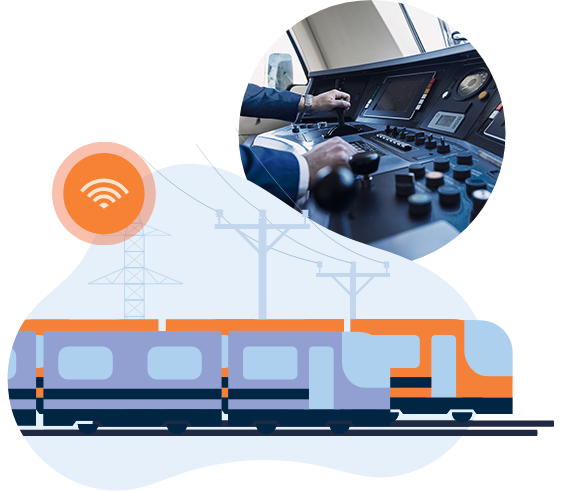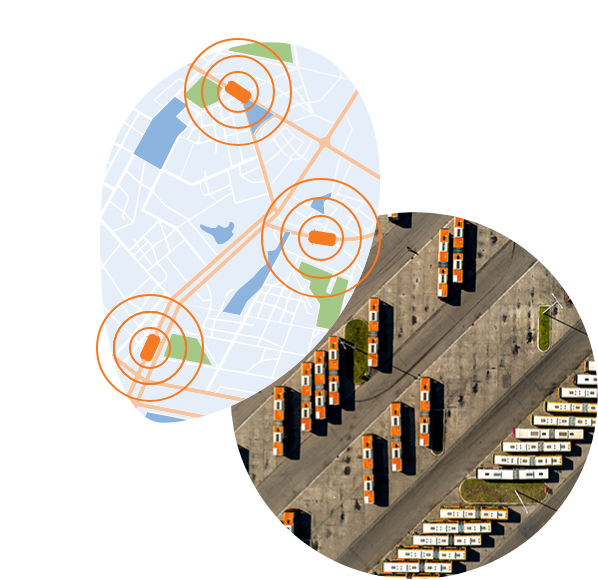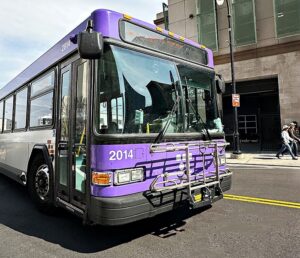BUS & RAIL MANAGEMENT
Build Trust.
Build Ridership.
Revolutionize your agency’s operations with intelligent transit solutions. Designed to provide real-time insights into bus schedules, headways, and potential disruptions, Vontas OnRoute ensures seamless service and a connected community experience.
BUS & RAIL MANAGEMENT
Build Trust.
Build Ridership.
Revolutionize your agency’s operations with intelligent transit solutions. Designed to provide real-time insights into bus schedules, headways, and potential disruptions, Vontas OnRoute ensures seamless service and a connected community experience.
Start reimagining the future of bus and rail travel.
Vontas’ intelligent bus and rail transportation systems drive efficiencies, enhance rider experience, and build passenger trust.
MEET VONTAS FOR BUS AND RAIL MANAGEMENT
Empowering Transit Operators

Real-Time Capabilities
Harness the power of real-time data to optimize operations and enhance the rider experience.
Intelligent Dispatch
Manage growing bus networks and complex railroad transportation seamlessly.
Rider-Centric Solutions
Attract and retain riders with automated, state-of-the-art transit technologies that optimize operations.
INTELLIGENT TRANSPORTATION SYSTEM FOR BUS
Vontas OnRoute for CAD/AVL
Transforming Transit Operations
Streamline bus operations and ensure timely services
and enhanced rider satisfaction.
Key capabilities:
Ensure consistent service intervals with OnRoute Headway and enable swift decision-making with OnRoute Supervisor.
Navigate challenges with real-time adjustments.
Access data anytime, anywhere with cloud tech.
Get precise navigation for timely transit and rider satisfaction.
Monitor vehicle health and performance in real-time.
Ensure safety and compliance with rapid incident management.
Turn data into actionable insights and trends.
Use AI to predict challenges and optimize ops.


INTELLIGENT TRANSPORTATION SYSTEM FOR RAIL
Vontas OnTrack
Scale Your On-Board Hardware for Rail Transport
Create a continuous, real-time data connection between vehicles, operators,
and the back office with a solution designed for scalability and efficiency.
Vontas OnTrack helps you to maximize and automatically prioritize events,
decide workflow for scenario management, and deliver external data.
YARD MANAGEMENT
Vontas OnSite
Automate Your Yard Management
Streamline your fleet operations with real-time data for punctual dispatch
and efficient transit journeys. Know where your vehicles are in real-time,
improve maintenance workflows and driver schedules, and provide riders
with continued reliable service.





